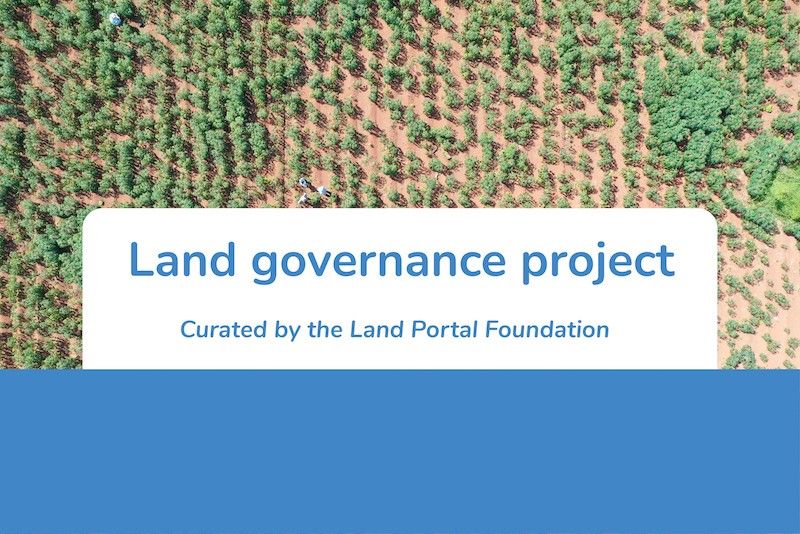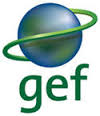Community / Land projects / Promoting sustainable livestock management and ecosystem conservation in Northern Ukraine
Promoting sustainable livestock management and ecosystem conservation in Northern Ukraine

€5564157.47
11/21 - 11/26
Active
This project is part of
Implementing Organisations
Donors
Data Providers
Objectives
To promote sustainable livestock management and conserve ecosystems in the Northern Ukraine landscape.
Other
Note: Disbursement data provided is cumulative and covers disbursement made by the project Agency.
Target Groups
As elaborated in notes regarding beneficiary numbers following the core indicators summary table, this project will target thousands of small holders, providing new livelihood opportunities by engaging in ecosystem restoration, and cooperative activities in production of local livestock products and marketing. Direct benefits will also be gained by protected areas staff and private sector livestock enterprise employees. Project beneficiaries are listed in the Prodoc in Section 3.2 on Partnerships, Stakeholder Engagement, and Coordination (pp. 21-26), and in Annex 14 of the Prodoc, the Stakeholder Engagement Plan. The project is expected to have a minimum of 9,000 direct beneficiaries (5,000 women; 4,000 men), which will primarily be private sector small and medium enterprise livestock farmers, public sector employees, local resource users, and protected area staff in the Northern Ukraine Landscape. This will be tracked through indicator 3 of the project Strategic Results Framework, including gender disaggregated reporting. The generation of local livelihood benefits is key to the generation of the project’s GEBs. Livestock production in the Northern Ukraine landscape is directly linked to and dependent on the functioning of ecosystems across the landscape, and to the species contained therein. The project will strengthen local livelihoods by improving the sustainability of livestock production, increasing its profitability (through increased production efficiencies, and increased market access), and reducing the degradation of agricultural peatlands. The project includes multiple strategies to generate socio-economic benefits. For example, under Component I the project will work with local governments to improve integrated land use planning in 100 rural communities, which will assist local land users in identifying and developing sustainable land use approaches for specific ecosystem types. Under Output 2.2 the project will support the creation of land user cooperativces, in support of sustainable livestock production by small-holders. This activity will be focused in areas of peat soils, to support local resource users in implementing sustainable livestock production practices, which in turn catalyzes GEBs in terms of reduced land degradation, land restoration, biodiversity conservation, the maintenance of ecosystem services, and reduced GHG emissions. Under Output 2.1 the project will work with multiple stakeholders to restore hydrological regimes in degraded agricultural peatlands. This will increase the productivity of these lands, benefiting the farmers and local land users. Restoring the hydrological regime in peatlands also has major local benefits by reducing incidence of summer peat fires, which have been increasing in severity in Ukraine in recent years. Peat fires cause poor local air quality, leading to negative health effects. Under Output 2.5 the project will strengthen the capacity of agricultural extension services to provide support for sustainable livestock practices, which will be of great benefit to small holder farmers. This will also support the generation of GEBs through the further up-scaling and replication of sustainable livestock practices across the landscape. Output 2.6 is a key project output, involving the establishment of a cooperation national platform with all key levels of the livestock value chain, including livestock producers, holding companies, exporters, wholesale and retail companies. This output will help generate socio-economic benefits for all involved in the value chain, including local resource users. This part of the project is critical for generating GEBs as it will be important to establish sustainable livestock production as a viable economic opportunity in the rural Northern Ukraine landscape, to avert both land abandonment (with accompanying negative environmental repercussions), or conversion to more harmful land use practices. Project activities under Component III will strengthen the management of protected areas, and increase the conservation of biological resources, which provides multiple local socio-economic benefits. From one perspective, protected areas in rural zones are key drivers of economic development, often providing a large share of local employment via the tourism sector. For example, Shatsk National Park is frequented by thousands of visitors from around Ukraine; yet key parts of the unique Shatsk lakes ecosystem are threatened by diminishing water tables, degradation of peatlands, fires, and loss of biodiversity. In addition, securing and conserving these areas of high ecological value supports the maintenance of critical ecosystem services for local residents, including water table regulation, fire mitigation, provision of non-wood forest products, water filtration, and others. The upscaling, replication, and sustainability of the local socio-economic benefits will be driven by the project’s knowledge management and capacity development activities under Component IV.




